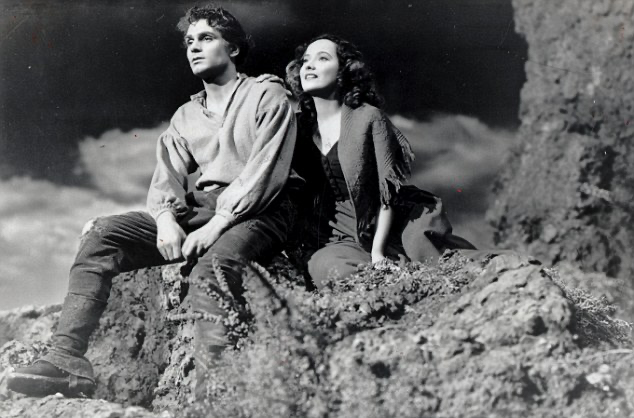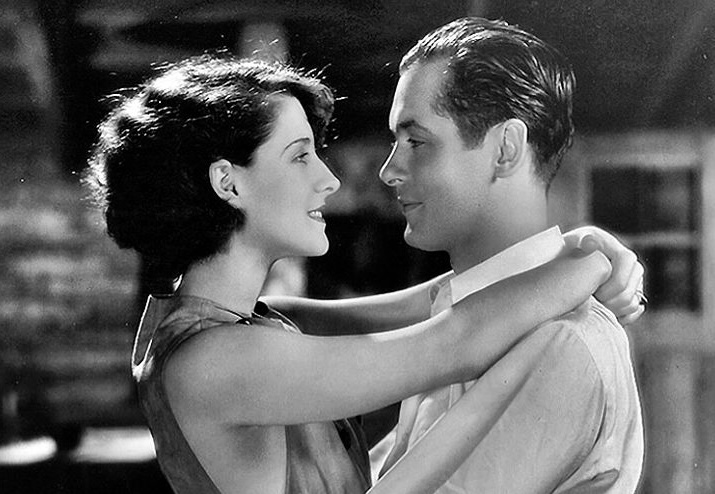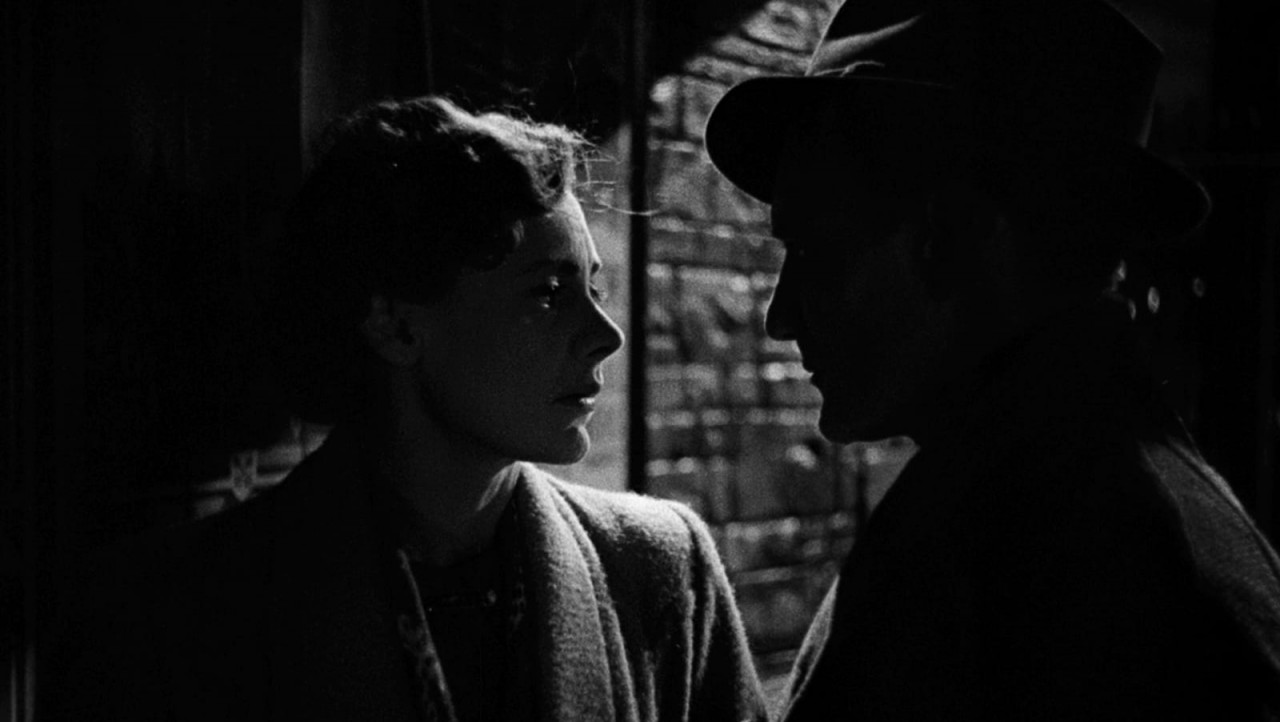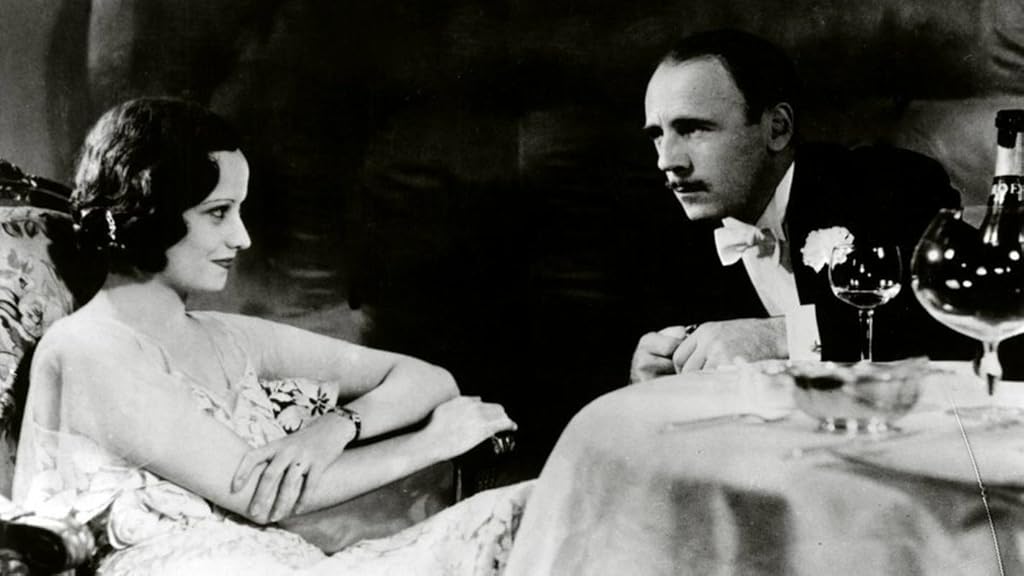This entry is part of an ongoing project exploring the screen legacy of Merle Oberon. For film stills, commentary, and curated visuals, visit @merleoberons.
William Wyler’s Wuthering Heights (1939) is often remembered for Laurence Olivier’s brooding Heathcliff, for Gregg Toland’s shadow-drenched cinematography, and for its status as a Gothic landmark in Hollywood’s golden age. But at its soul, it is Merle Oberon’s delicate, tormented performance as Cathy Earnshaw that gives the film its tragic, unforgettable pulse.
Her performance, often overshadowed in discussions of the film, is in fact its most essential force. Without Oberon, Wuthering Heights would be all storm and no longing. Many critics have argued that Oberon’s Cathy lacks the wildness of Brontë’s original character. But Oberon delivers lines with elegant control. When she speaks of marrying Edgar Linton “to help Heathcliff,” the words ring hollow, but the look she gives Olivier is a scream of pain. Her performance is made of these little fractures; moments where repression breaks down, and the doomed romance leaks through.
But Oberon gives us something equally complex: a woman torn between class, desire, and a fate she senses too late. Her performance is filled with poise, but never stiffness. Beneath her composed surface burns the quiet desperation of Catherine Earnshaw: proud, tempestuous, regretful, and ultimately doomed by her own contradictions.
There’s a scene that lingers: Cathy seated in the great hall of Wuthering Heights, staring into the distance as others talk around her. She seems already absent, as if she knows her fate is sealed. Oberon doesn’t move much and she doesn’t need to. The pain in her stillness speaks volumes. It’s a masterclass in silent tension, more powerful than any outburst.
Merle Oberon brought a mysterious depth to her roles. Never quite vulnerable, never quite aloof. As Cathy, she is not the wild Brontë heroine reinvented, but a new interpretation: refined, haunted, doomed by her own inability to choose. It’s easy to see why Heathcliff never forgets her. The audience doesn’t either.
Merle Oberon was the first woman of South Asian descent to be nominated for a Best Actress Oscar (for The Dark Angel in 1935), though her heritage was hidden throughout her career. In Wuthering Heights, she reached a dramatic peak, yet her performance was not recognized with a nomination. In my opinion, it is one of the greatest oversights in the history of the classic Hollywood studio system.
There have been many Cathys since. Some more feral, more modern, more faithful to the text. But none have matched Oberon’s hypnotic, tragic dignity. Her presence lingers long after the credits roll.
Please support the Merle Oberon community and purchase the definitive biography on Merle Oberon: “LOVE, QUEENIE: Merle Oberon, Hollywood’s First South Asian Star ” by Mayukh Sen — a luminous celebration of identity and love.
𝑨𝒗𝒂𝒊𝒍𝒂𝒃𝒍𝒆 𝒕𝒐 𝒑𝒖𝒓𝒄𝒉𝒂𝒔𝒆 𝒂𝒕: AMAZON, W.W. NORTON BOOKS, BOOKSHOP



